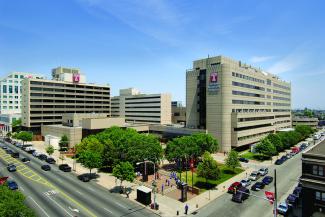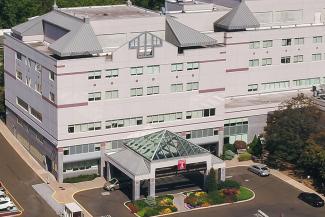The body’s largest blood vessel, the aorta carries the blood pumped from the heart to the rest of the body. Because it is under high pressure, a problem with the aortic wall is potentially lethal.
The two most common aortic conditions are aneurysm (a weak area in the wall of the aorta that bulges outwards) and dissection (a tear in the inner lining of the aorta that allows blood in between the layers of the blood vessel). Treatment procedures either support or replace the damaged area to reduce the risk of a rupture.

